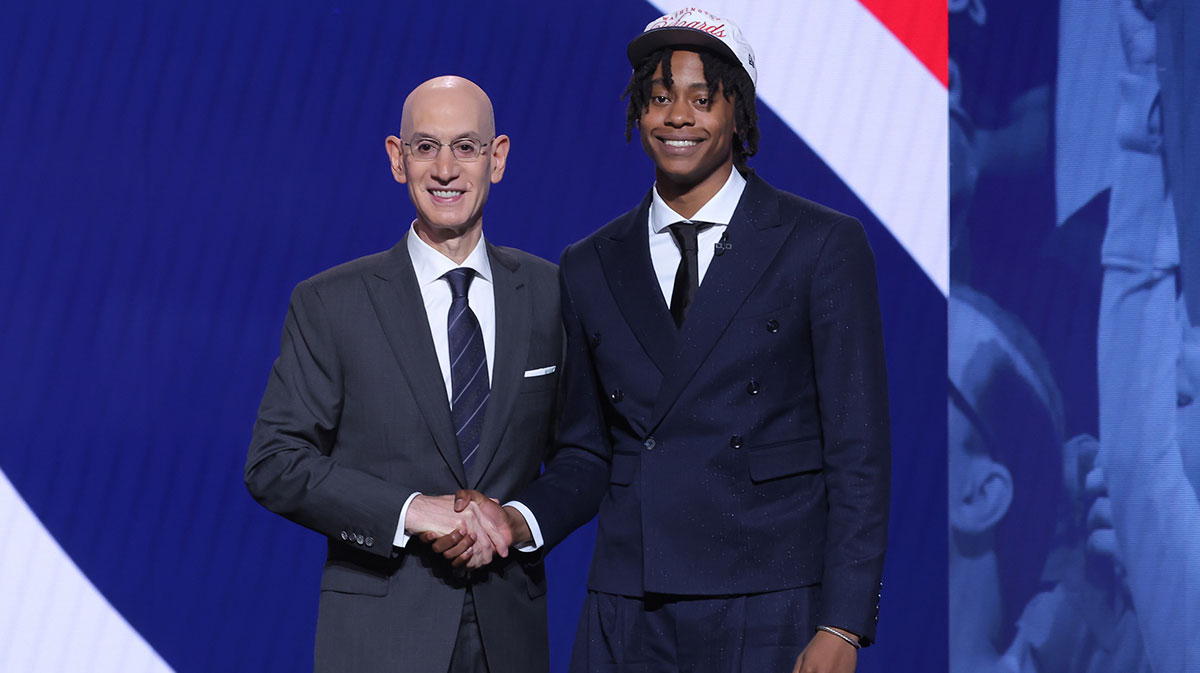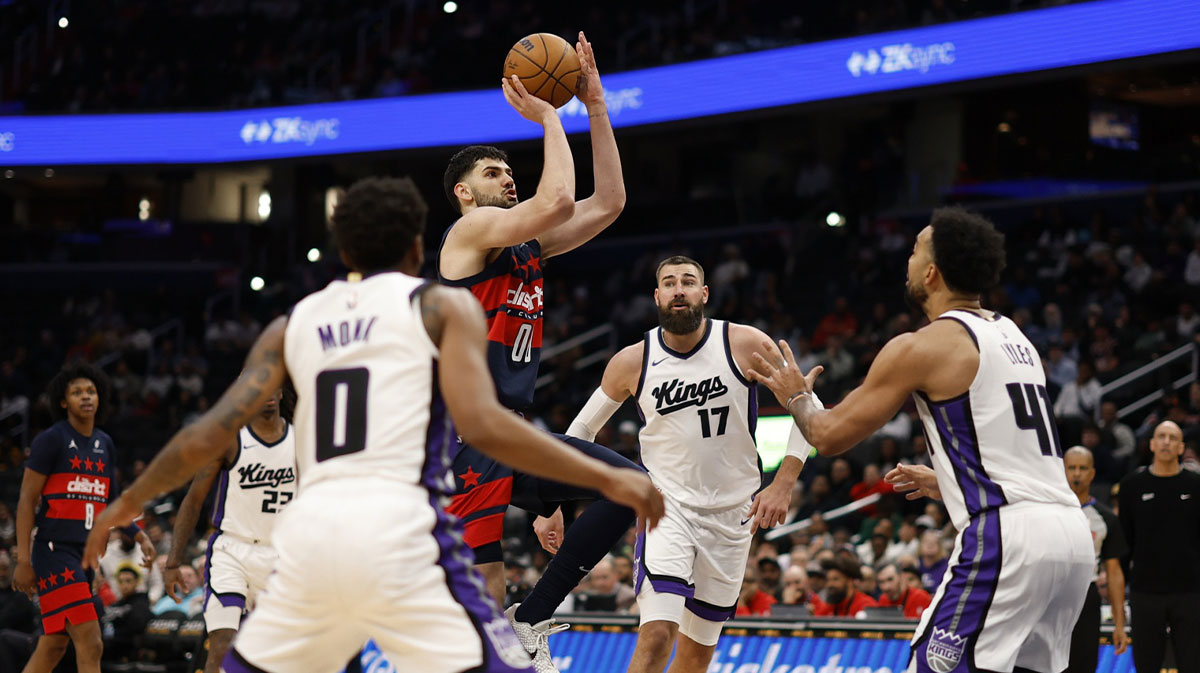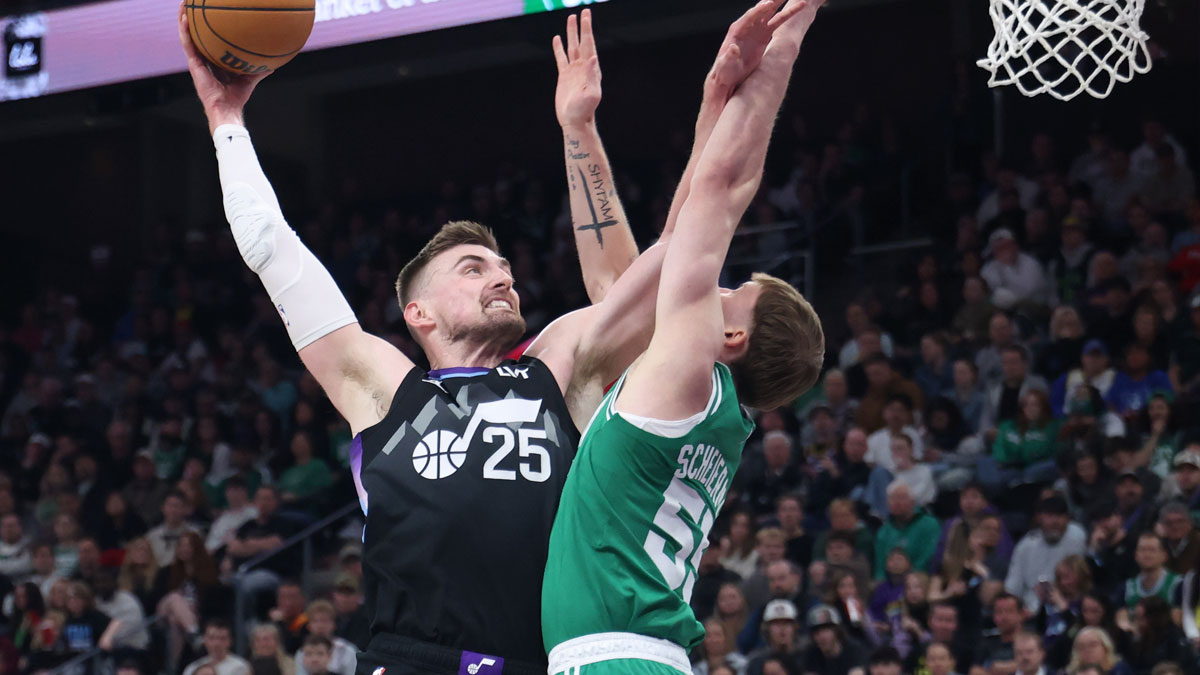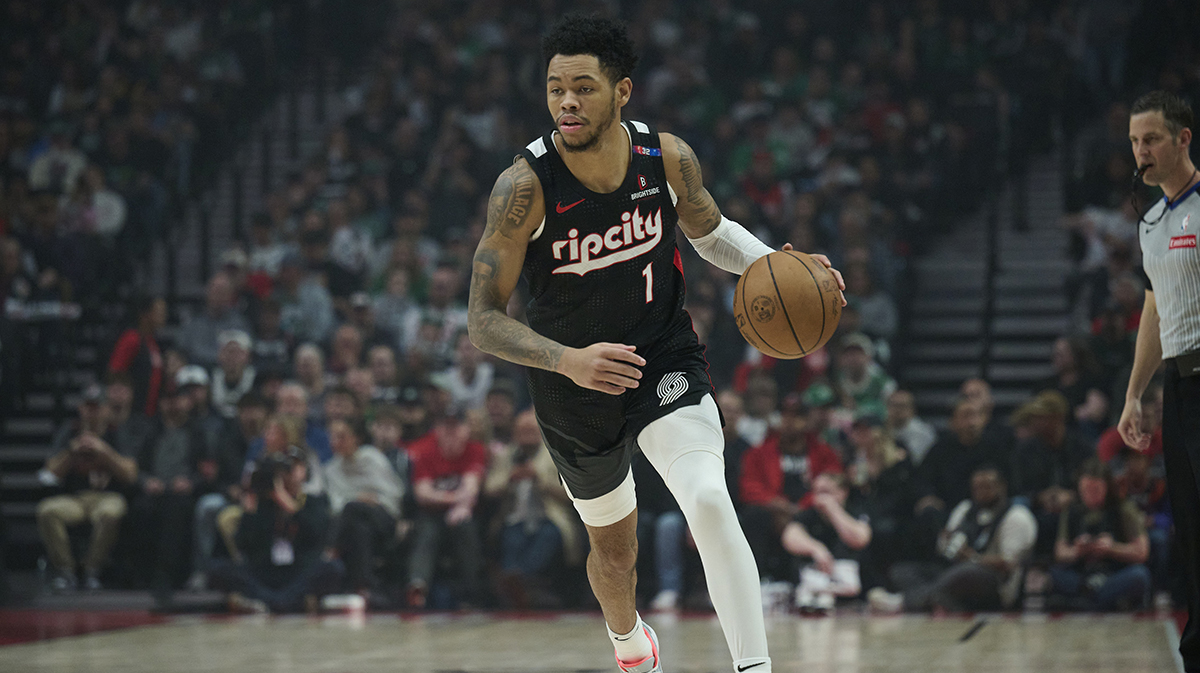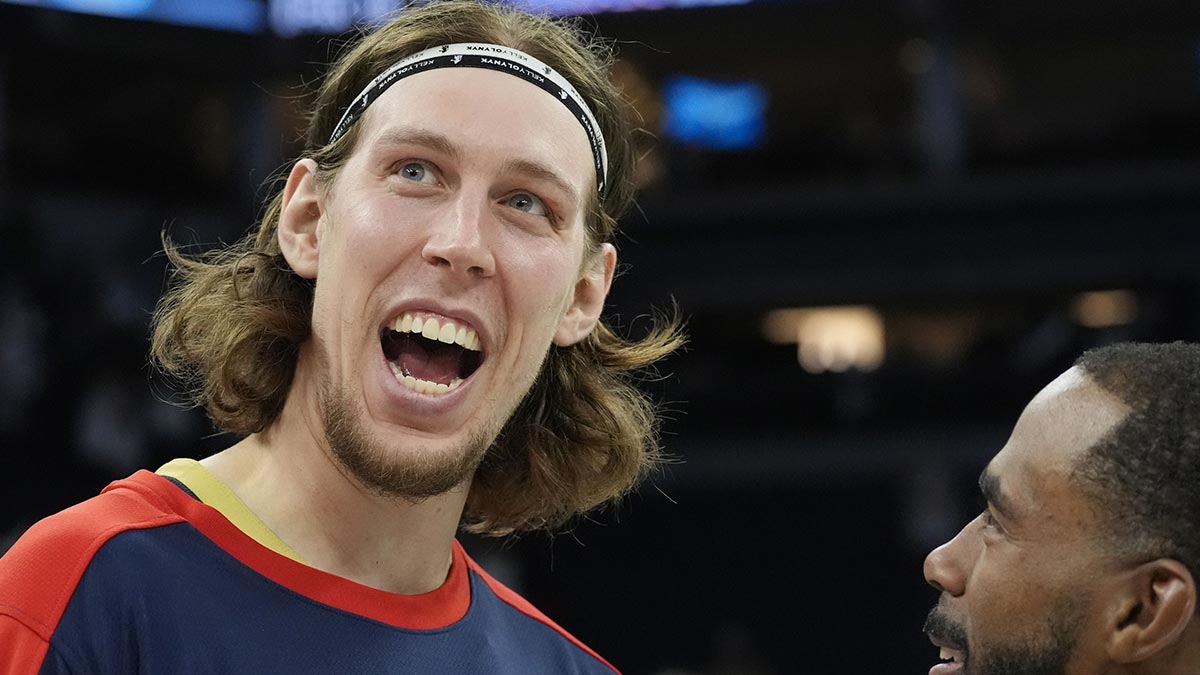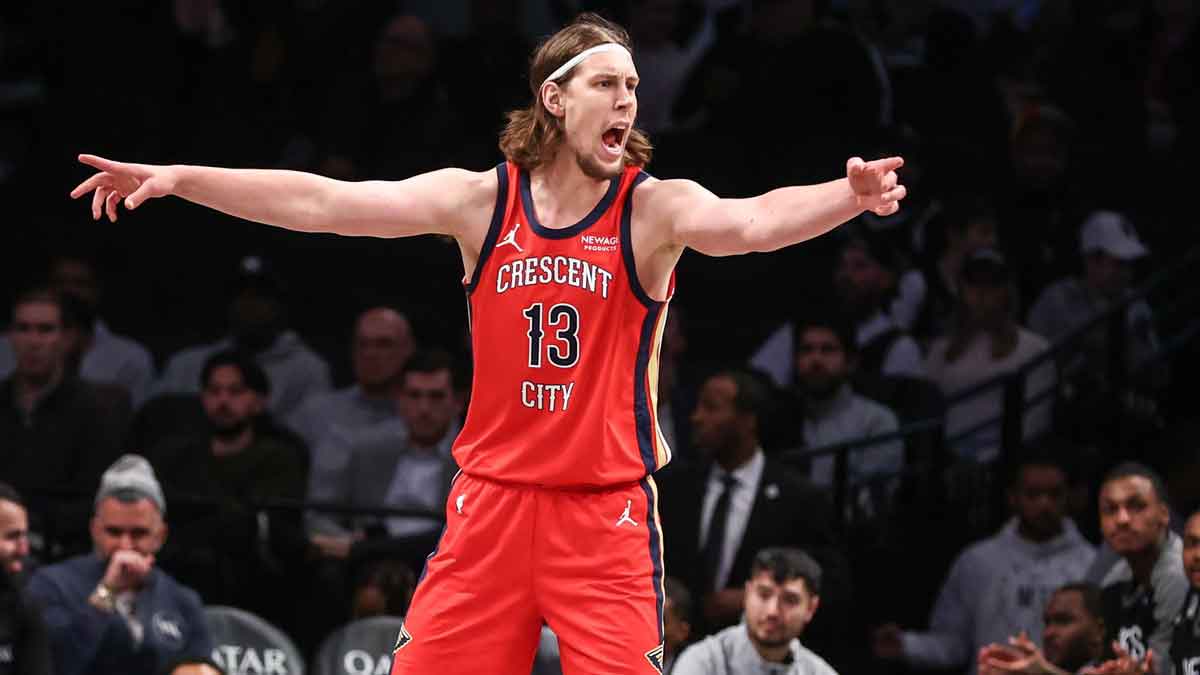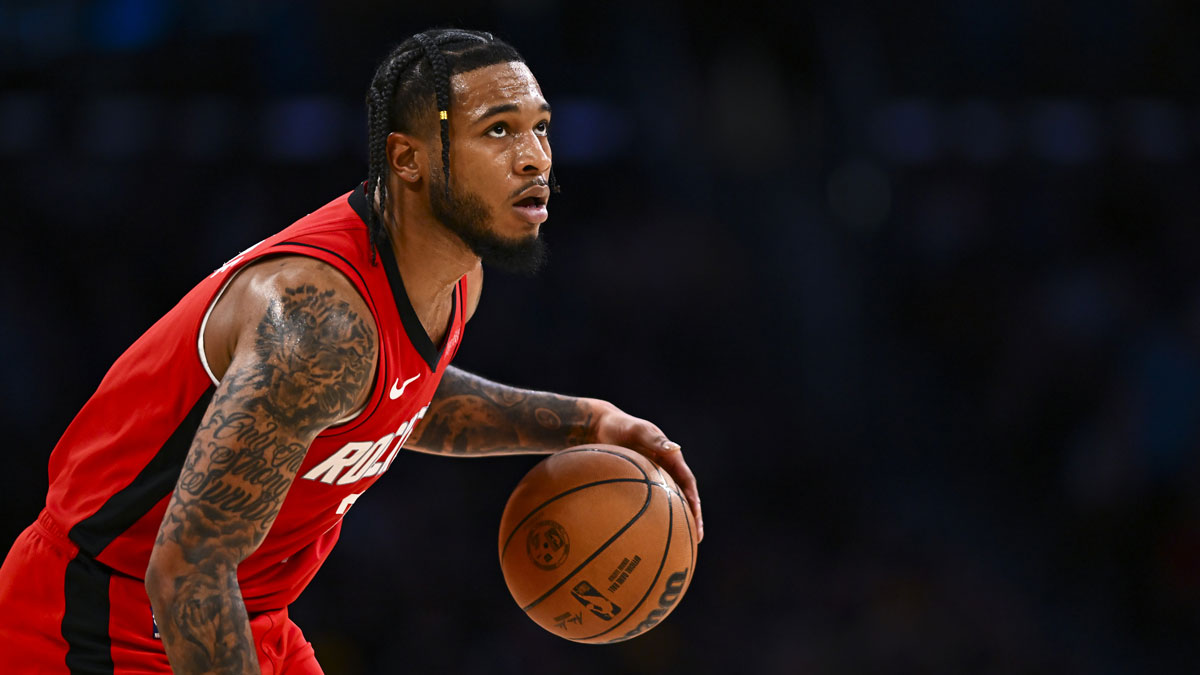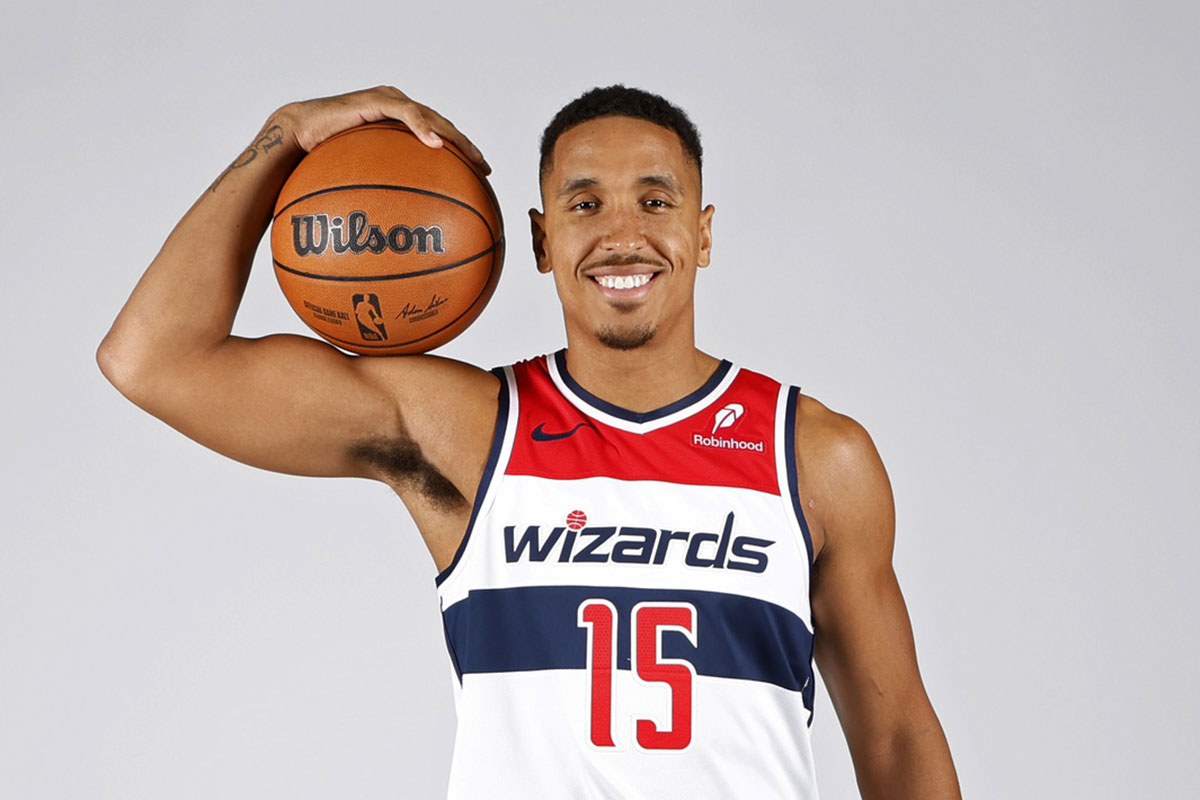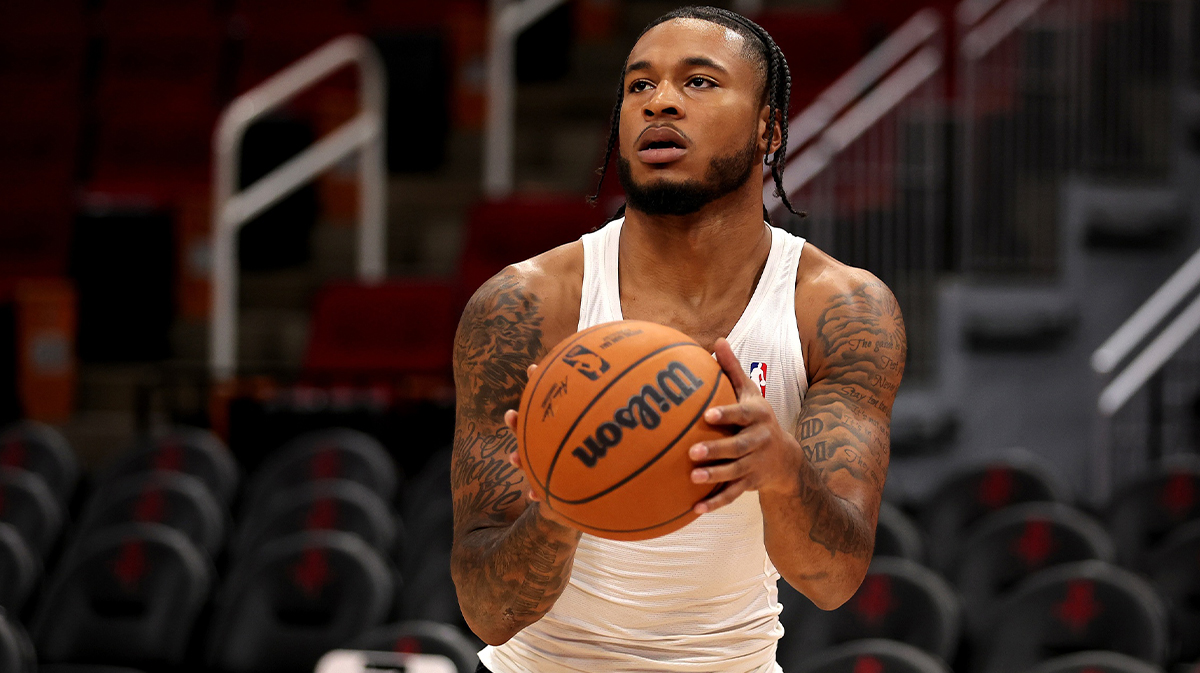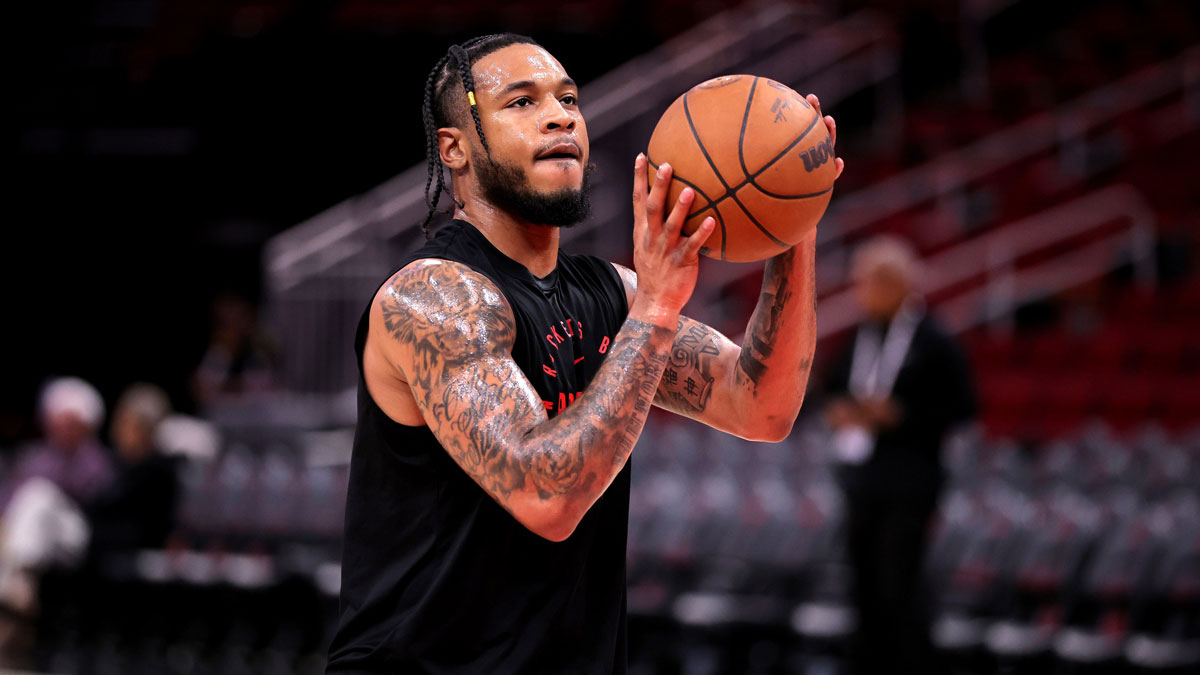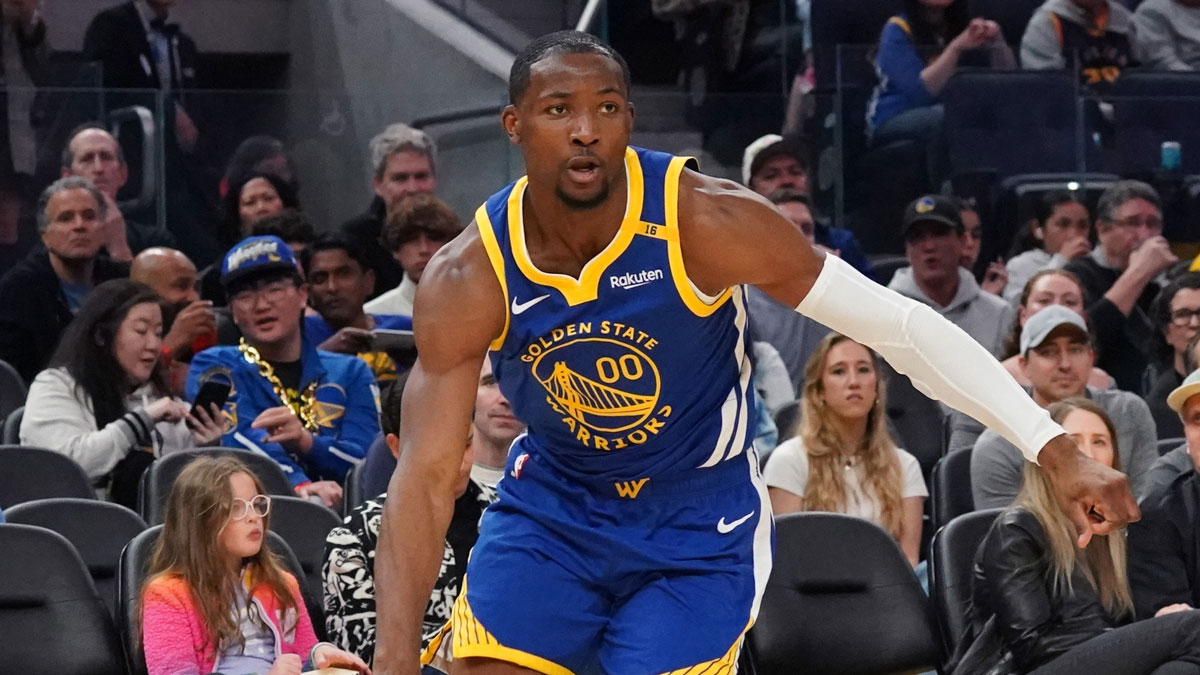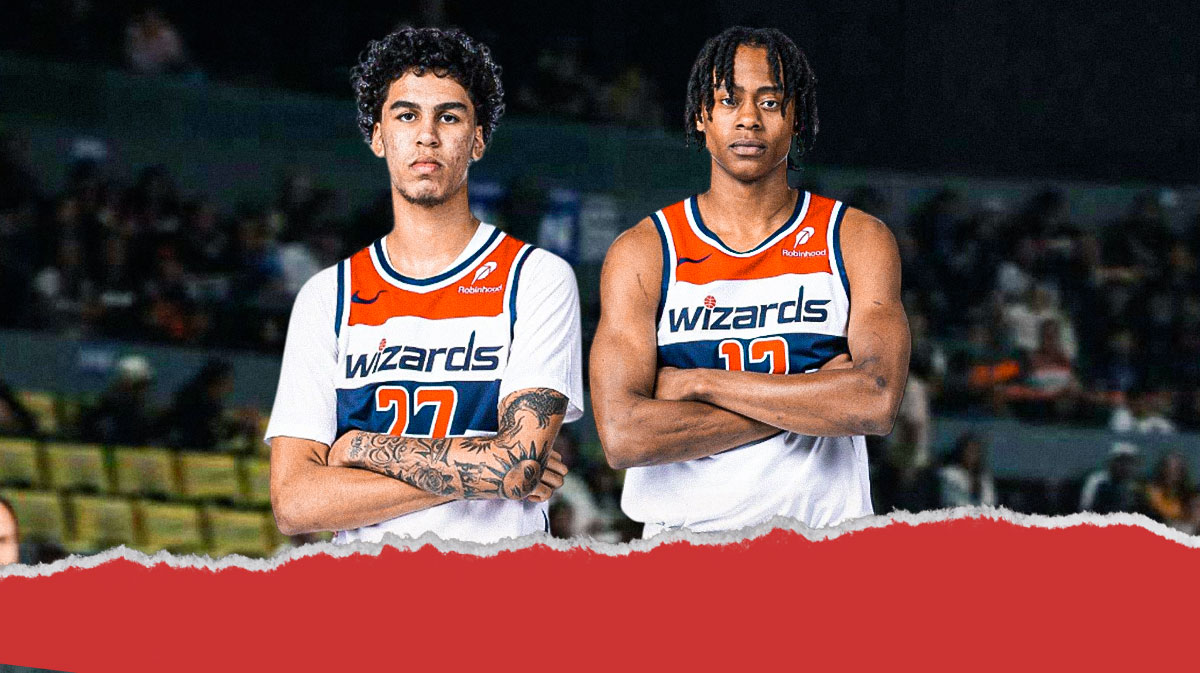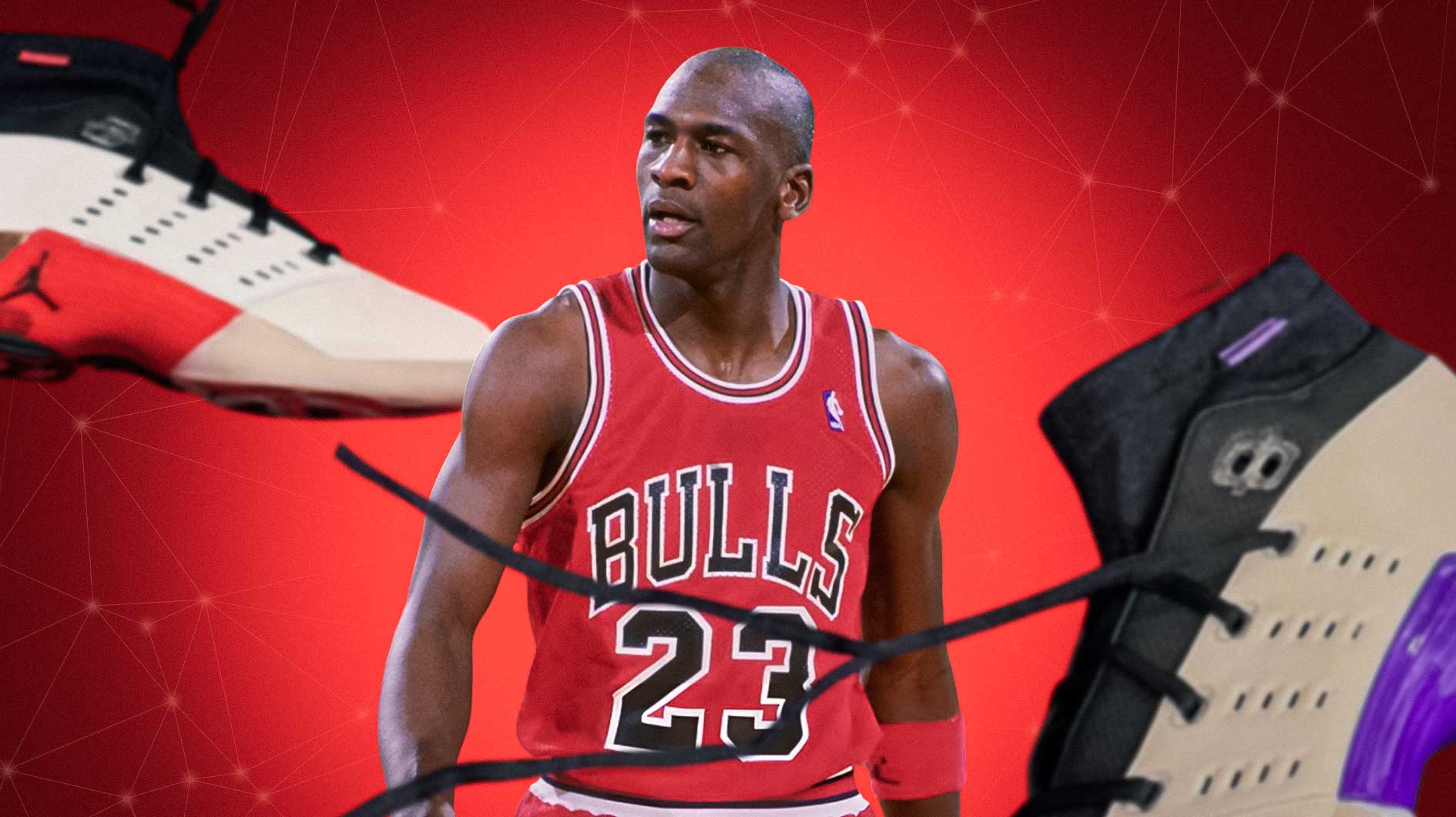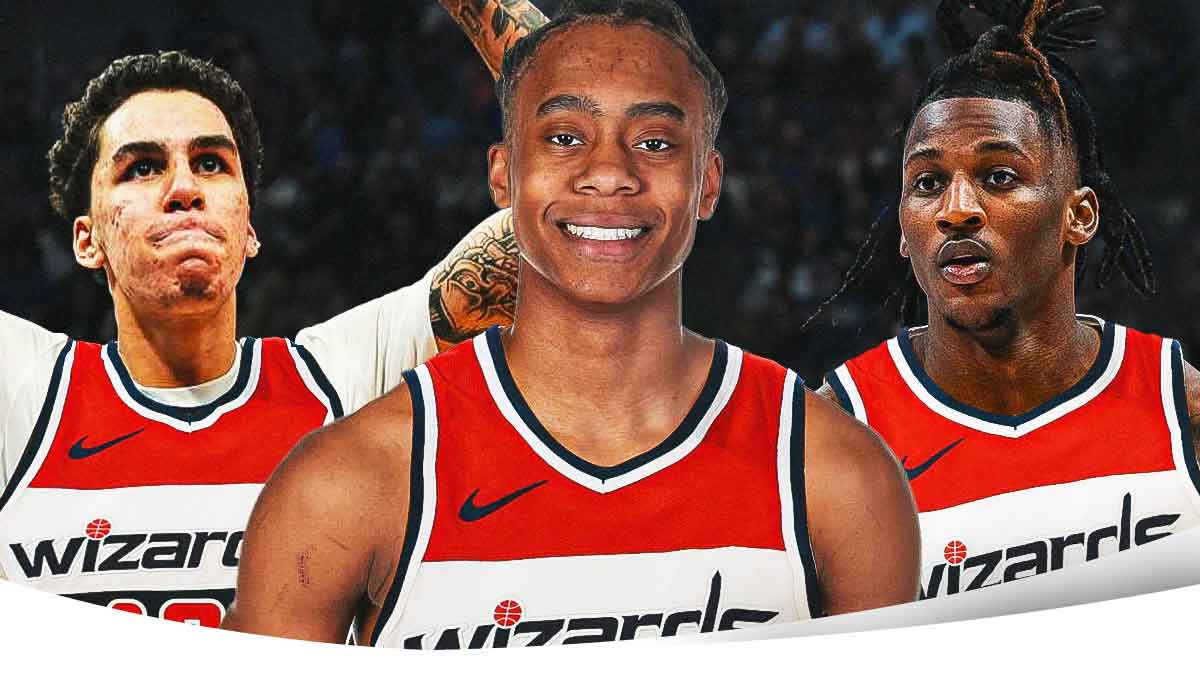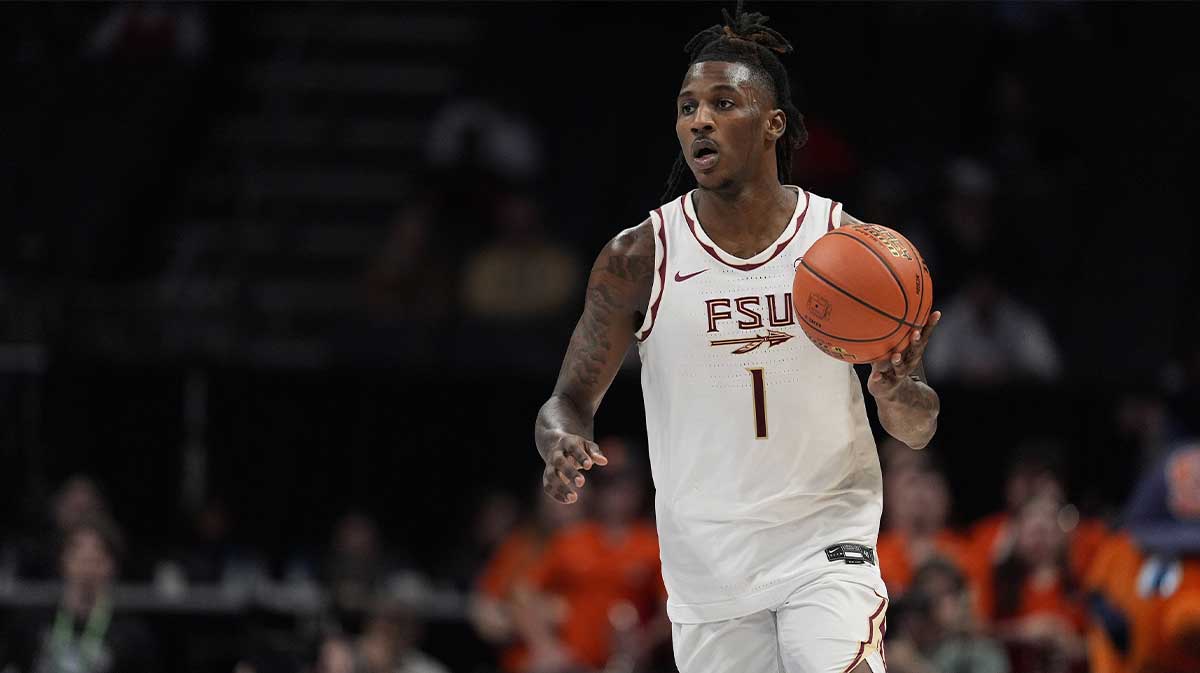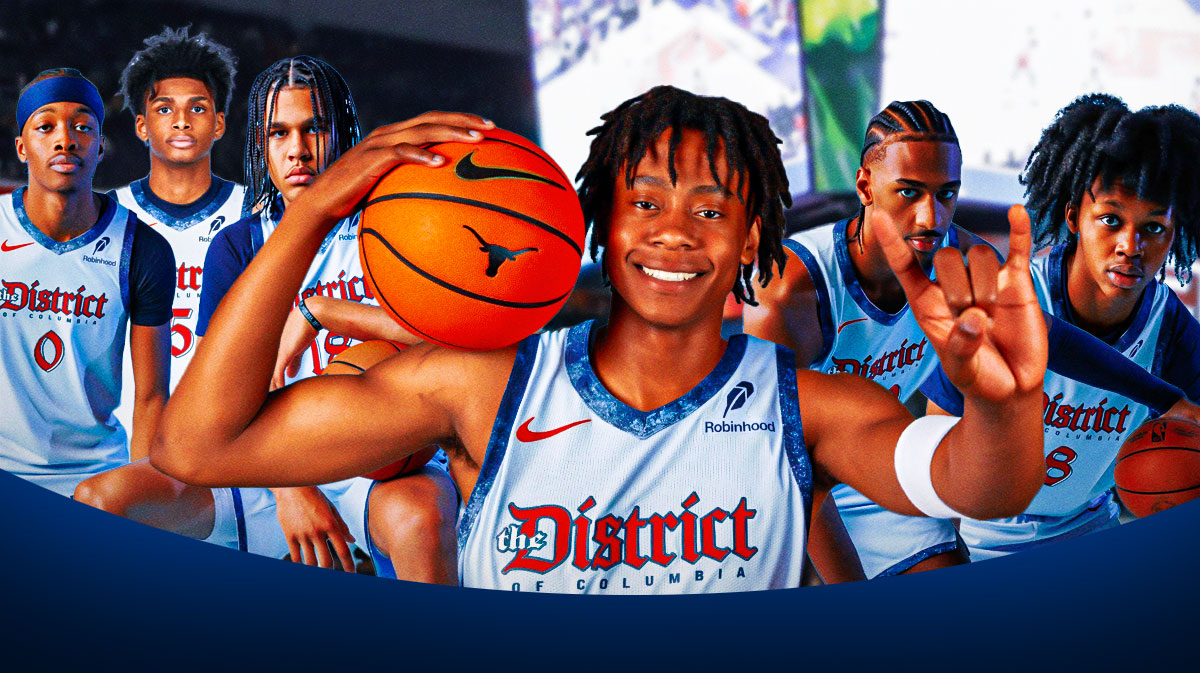For years, the Washington Wizards have been driven by John Wall's warp speed. Too often, however, he's been the sole driver, stalling the team's development to a snail's pace. After years of incremental improvement from Otto Porter, it's time for Washington to give him more opportunities sitting behind the wheel.
Last season, Otto Porter Jr. scored at a higher clip with more usage and passed better off the dribble. His assist to usage rate surged, suggesting he can be the secondary creating force who raises his team’s ceiling.
At 25, Porter Jr. is inching towards his prime in a situation that limits him to a tertiary role on a middling team. Like past seasons, Porter Jr. can grow despite a flawed situation.
On the other side, the Washington Wizards have to extract Porter’s far-reaching talents to break through in a deflated Eastern conference.

With little to spend on outside help, the Wizards are hard-pressed to improve in-house. That, combined with investment in Porter and a lack of a talented farm system, expedite Washington’s process.
With Wall missing a significant chunk of last season, the Wizards needed to fill a crater-like hole in playmaking. With Otto Porter sparking embers in creation, the weight bearing on Beal and Wall’s shoulders is ashed, something the former has caught glimpse of.
“He just gets better and better and better,” Beal, the Wizards' leading scorer, said. “He adds something to his game that a lot of people doubt that he can do. He puts the ball on the floor this year, and a lot of people didn't think he was capable of doing that. He's attacking, he's getting his own shots.”
While the Wizards faded post All-Star break (they went 10-13), Porter shined in a bigger role, upping his per game scoring production to 15.3 and assists to 2.3 at an uber-efficient 50.9/52.3/78.6 stat-line.
Efficiency is Porter’s backbone, but the ability to put the ball on the floor is a popular marker for premier small forwards—the very best able to chameleon to different positions—and a facet Porter improved in between last season and this one, his points unassisted rose 7 percent and pull-ups per game increased from 0.8 on 45.2 percent shooting to 1.8 on 49.2 percent shooting.
If Porter continues on this pace, he can transform from 3-and-D player to all-star player in the blink of an eye.
His ability to catch and fire right away is a prerequisite to his pull-up game, gravitating defenders to the stratosphere of the arc while the core of John Wall and Bradley Beal missile damage around the lanes:
https://streamable.com/ixssa
Last season, there were three players who shot a higher percentage from three, however, their skill sets limit them to simple catch and shoot opportunities.
Porter, similarly, can catch and shoot but his ability to weave around screens and 1-2 step into off-balance jump-shots, whether off a screen or not, is extraordinary, and further gives Wall and Beal leeway to kick out passes without much regard for ball positioning:
https://streamable.com/mwubl
Making it a point to collect his feet before elevating to his 90-degree angled jump shot, Porter maintains rhythm striding off-screens, as seen in his 69 percent effective field goal clip off-screens (96.4 percentile).
The predisposition to shooting rather than deferring is an improvement in itself for Porter and is decidedly the factor which drives his potential, but there are problems in the answer.
While improvisation is an indicator Porter may be reaching a new level, he used it to a fault last season, fading away when he could have easily backed down smaller opponents:
https://streamable.com/72agk
Lengthy forwards utilize their long legs to glide to the basket, but Porter struggles in doing so—even though he is as lanky as his 6’8’’ 200-something frame looks.
Leveraging his length in an array of euro-steps, hop-steps, and drop-steps in the lane could be a recipe to cut inefficient fadeaways from his diet.
Unlike other small forwards, Porter doesn’t rely on inside baskets to score, finishing only 1.8 times within 5 feet last season, but when he does drive he can finish with the best of them, shooting 66.5 percent in that area—hovering around Hassan Whiteside’s range for a measure.
However, part of the reason he isn’t trying to finish near the basket may lie in the fact that he cannot.
His left-hand and lack of explosiveness when driving to the rim forces him to reset or take contested shots despite there being a solid opportunity to drive further to create or pull-up:
https://streamable.com/tirbq
In spite of a lagging left-hand and underwhelming athleticism, being the ball handler in the pick and roll is where Porter excels the most, placing in the 92.7 percentile.
He isn’t your typical high-volume small forward, though—with a careful 9.2 percent turnover rate—he picks his spots, dives in when lanes part, makes the extra pass and favors a two-dribble 1-2 step pull-up.
And yes, his spindly frame is incongruent to shot-blocking bigs—especially since the big switches to the ball-handler in today’s game—so Porter pulls-up for a mid-range or three-point shot off the ball-screen:
https://streamable.com/9jmuj
In the same vein, implementing a refined ball-handling skill set means room to perform more difficult combo moves, which he rarely confides in right now. Doing so creates space for pull-ups.
When defenders run Porter off the line, he shuffles inside the arc, stretching outside the reach of rim protectors for a pull-up jump shot or, if defenders bite at his mid-range, creating for cutting teammates:
https://streamable.com/42vgn
Gearing plays toward Porter’s skill-set is simply the best option for the ailing Wizards. The coach at the helm, unfortunately, has proven negligent towards strengths of his best players, stemming from his days as head coach of Kevin Durant and Russell Westbrook.
In terms of impact, Porter’s 92.0 percentile pick and roll as the ball handler and Howard’s 42.0 percentile as the roll man are inverted—Howard figuring to be utilized often alongside Wall in screen and rolls.
However, if Brooks leverages Dwight Howard in screen and rolls with Porter too, the latter could find the time and space to experiment creatively in the pick and roll. Gortat carved out space in screens, but Howard has the same screening acumen while inflicting more damage in lobs.
Staggering Wall and Beal open up creating time for Porter, potentially propelling him to all-star level but starving the team of optimum lineups (when Wall was healthy two seasons ago, the Wall-Beal-Oubre Jr.-Porter-Gortat was their best offensive attack).
If Brooks, however, can find a way to mesh Wall and Beal (without egos clashing) while getting Porter pick and roll opportunities to spash pull-ups, Porter and Washington may find themselves on the right path.

